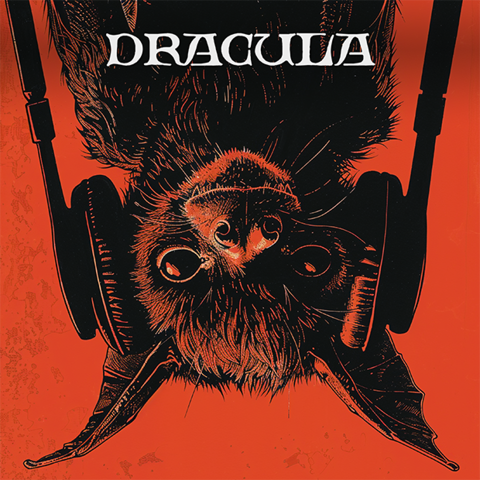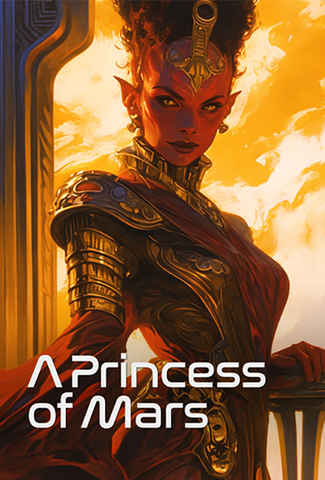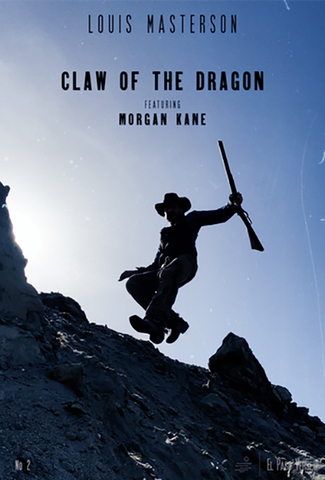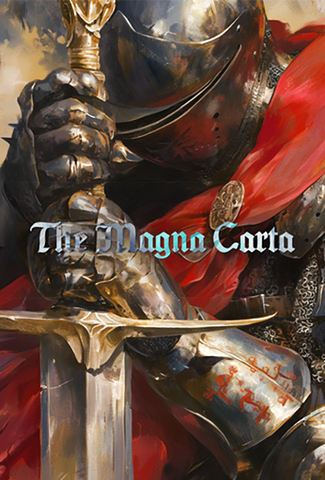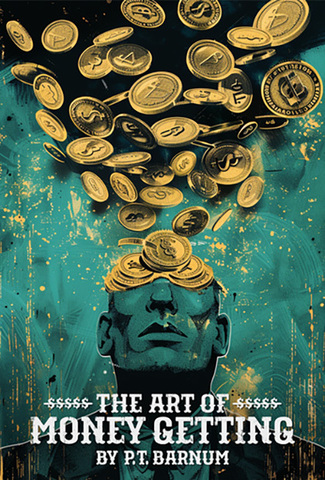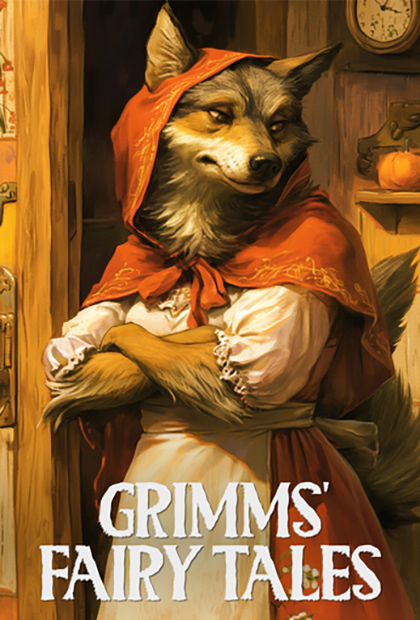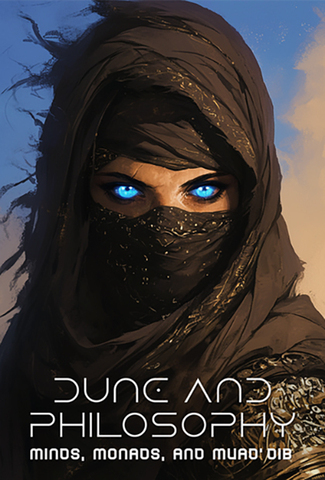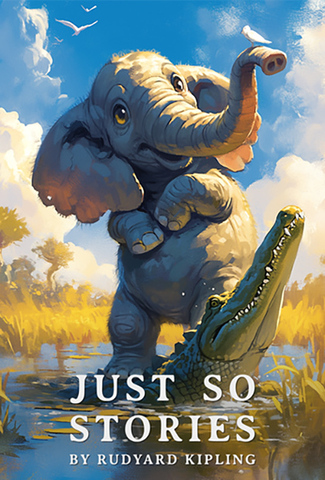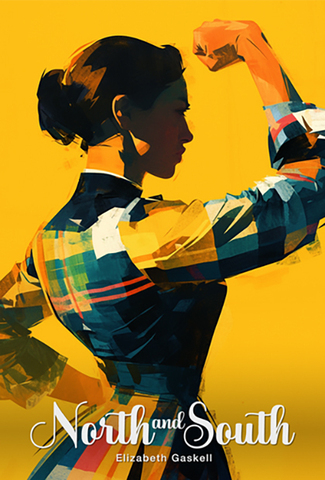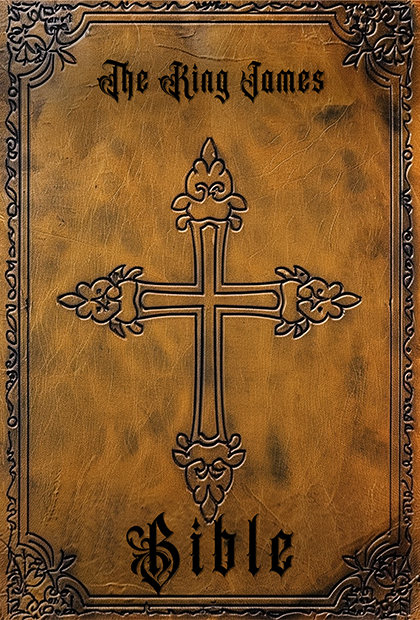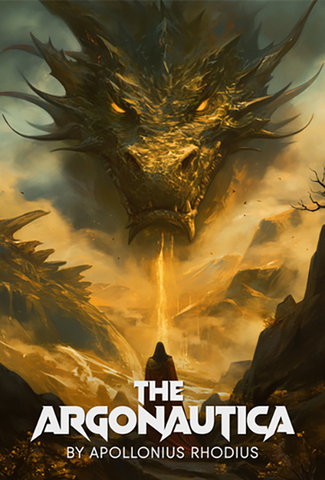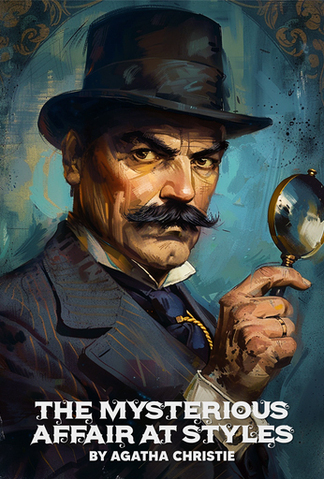by Bram Stoker
Bram Stoker’s “Dracula” presents a chilling narrative that grips readers with its evocative prose and haunting atmosphere.
First published in 1897, it is a seminal work of Gothic horror literature that has left an indelible mark on the genre. The novel unfolds as an epistolary narrative, composed of journal entries, letters, and newspaper clippings, offering readers a chilling firsthand account of the terrifying events that unfold.
… Read More
by Hermann Hesse
Hermann Hesse’s “Siddhartha,” published in 1922, remains a timeless testament to humanity’s universal quest for self-discovery and spiritual fulfillment.
In ancient India, Siddhartha, a young Brahmin, sets out on a journey for enlightenment and fulfillment. Along the way, he encounters diverse teachings, experiences, and mentors, shaping his evolving comprehension of existence and reality.
… Read More
by Brad Gilmore
#1 Bestseller in Movies, Guides & Reviews
There’s a host of information out there on the Back to the Future trilogy, but never before has there been a book like this.
“Brad Gilmore’s book not only offers new perspectives and a deeper understanding of Back to the Future, it reminds us why we fell in love with it in the first place.” ─Mark Ellis, Comedian & Movie Critic
Read More
by Edgar Rice Burroughs
In Edgar Rice Burroughs’ science fiction masterpiece, “A Princess of Mars,” readers are transported to a captivating world of adventure and intrigue. Set on the exotic and mysterious planet of Barsoom (Mars), the novel follows the remarkable journey of John Carter, a Confederate veteran who finds himself mysteriously transported to the red planet.
Read More
by Louis Masterson
The secretive darkness once again brooded over Cuervo del Drache—as it had done for centuries.
Read More
by Apuleius
Apuleius wrote “The Golden Ass,” also known as “Metamorphoses,” an ancient Roman novel in the second century AD. The story follows Lucius, a young man who, after experimenting with magic, transforms into a donkey. This transformation leads Lucius on whimsical adventures where he encounters diverse characters and experiences both humor and profundity.
Read More
Magna Carta, Latin for “Great Charter,” is a foundational document in English constitutional history. It was signed by King John of England at Runnymede on June 15, 1215, under pressure from rebellious barons seeking to limit the monarch’s power.
Read More
by Louisa May Alcott
“Little Women” by Louisa May Alcott is a timeless classic that has enchanted readers for generations. Published in 1868, this beloved novel follows the lives of the four March sisters—Meg, Jo, Beth, and Amy—as they navigate the trials and triumphs of adolescence in Civil War-era New England.
Read More
The United States Constitution is the foundational legal document that establishes the framework for the American government and outlines the rights of its citizens. Drafted during the Constitutional Convention in Philadelphia in 1787, it was ratified by the states in 1788 and went into effect in 1789.
Read More
by Edward Gibbon
“The History of the Decline and Fall of the Roman Empire” by Edward Gibbon is a monumental work that traces the history of one of the most significant civilizations in human history. Spanning six volumes, Gibbon’s magisterial narrative offers a comprehensive examination of the rise, zenith, and eventual collapse of the Roman Empire.
Read More
by P.T. Barnum
“The Art of Money Getting” is a book written by P.T. Barnum, the famous American showman and businessman, also known for founding the Barnum & Bailey Circus. Originally published in 1880 under the title “The Art of Money Getting, or Golden Rules for Making Money,” this book offers insights and advice on achieving financial success and prosperity.
Read More
by Captain Charles Johnson
“A General History of the Pirates” also known as “A General History of the Pyrates” was written by Captain Charles Johnson, although the true identity of the author remains uncertain. The book was first published in 1724 under the title “A General History of the Robberies and Murders of the Most Notorious Pyrates” and is a comprehensive account of various pirates and their exploits during the “Golden Age of Piracy” in the late 17th and early 18th c… Read More
by Jacob Grimm, Wilhelm Grimm
“Grimms’ Fairy Tales,” compiled by the renowned brothers Jacob and Wilhelm Grimm, this beloved anthology brings together a treasure trove of German folklore and fairy tales. Originally published in 1812 as “Children’s and Household Tales,” the collection showcases a rich tapestry of oral traditions passed down through the ages.
Read More
by Kevin S. Decker, William Irwin
Explore the universe of Frank Herbert’s Dune in all its philosophical richness.
“He who controls the spice controls the universe.”
Tens of thousands of years into an intergalactic future, can humans endure or will we sacrifice what is most important in our humanity for power, glory, religion and of course, the control of the spice? Dune and Philosophy sets an intellectual course through sand and stars to find out.
… Read More
by Harold Wheeler
Harold Wheeler’s “The Story of Napoleon” presents a thorough biography of the renowned French military commander, Napoleon Bonaparte.
Napoleon Bonaparte was a towering figure in European history, known for his military prowess, strategic brilliance, and ambitious political endeavors.Throughout the book, Wheeler guides readers through Napoleon’s life, tracing his origins, ascent to authority, and eventual decline.
… Read More
by Rudyard Kipling
“Just So Stories” is a collection of whimsical and imaginative children’s stories written by Rudyard Kipling, first published in 1902. The book is notable for its engaging storytelling and inventive explanations for the origins of various phenomena in the natural world.
Read More
by Elizabeth Gaskell
“North and South” is a novel written by Elizabeth Gaskell, first published in 1855. It is set in the fictional industrial town of Milton in northern England during the 19th century and explores the social and economic differences between the industrial North and the agricultural South of England.
Read More
The King James Bible (KJV), also referred to as the Authorized Version (AV), is a classic English translation of the Bible. Commissioned by King James I of England and first published in 1611, it has had a profound impact on English literature and religious worship.
Read More
by John Reed
“Ten Days That Shook the World” is a book written by the American journalist and socialist John Reed. It provides an eyewitness account of the October Revolution in Russia, which led to the establishment of the Soviet government.
Read More
by Apollonius Rhodius
“The Argonautica,” also known as “Jason and the Argonauts,” is a Greek epic poem written by Apollonius Rhodius. It is divided into four books and comprises around 5,000 lines of hexameter verse.
Read More
by Gaston Leroux
“The Phantom of the Opera” is a Gothic novel written by French author Gaston Leroux. It was first serialized in the French newspaper “Le Gaulois” from September 1909 to January 1910. It was later published as a novel in 1910. The novel combines elements of mystery, romance, and horror.
Read More
by Agatha Christie
“The Mysterious Affair at Styles” is a detective novel by Agatha Christie, and it marks the debut of her iconic fictional detective, Hercule Poirot.
Read More
by George Eliot
“Middlemarch” is a novel written by English author George Eliot (the pen name of Mary Ann Evans). The novel was first published in eight installments between 1871 and 1872.
Read More

